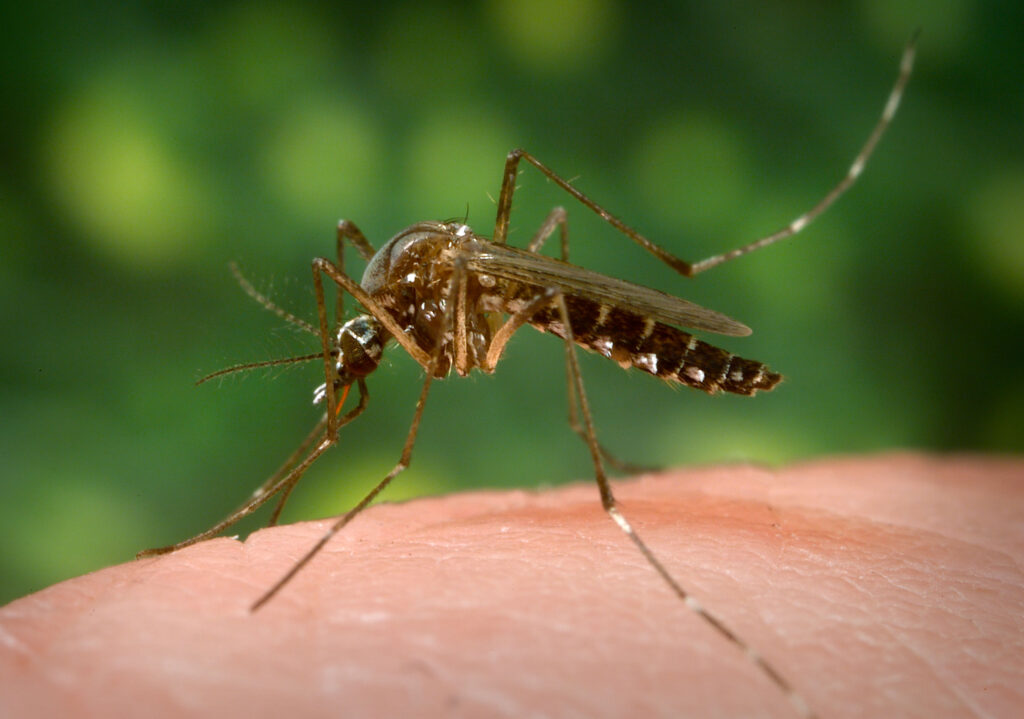What Does a Mosquito Look Like? A Comprehensive Overview
Mosquitoes are among the most recognizable insects, known for their distinctive appearance and behavior. They belong to the family Culicidae and are found in various environments around the world. Understanding what mosquitoes look like is essential for identifying them and differentiating them from other similar insects. This article will provide an in-depth look at the physical characteristics, behavior, and identification of mosquitoes, along with a FAQ section to address common inquiries.
Physical Characteristics of Mosquitoes
Mosquitoes exhibit a variety of physical traits that can help in their identification. Here are the key characteristics that define mosquitoes:
Body Structure
- Segmented Body: Mosquitoes have a slender, elongated body divided into three main segments: the head, thorax, and abdomen. The body is typically 3 to 6 mm long, depending on the species.
- Coloration: Most mosquitoes are gray, brown, or black, with some species exhibiting distinctive markings such as white stripes or spots. The coloration can vary significantly among the over 3,000 species worldwide.
- Wings: Mosquitoes possess one pair of wings that are long and narrow, often covered in scales. The wings typically have a distinctive vein pattern that can be used to identify different species.
- Legs: They have six long, slender legs that are usually long in proportion to their bodies. Mosquitoes hold their legs in a characteristic “humpback” position when resting.
- Proboscis: One of the most recognizable features of mosquitoes is their long, slender mouthpart called a proboscis. This specialized structure allows them to pierce the skin of their hosts and feed on blood or nectar.
- Antennae: Mosquitoes have two antennae on their heads, which serve as sensory organs. Male mosquitoes typically have bushy, hairy antennae, while females have less hairy antennae.
Size and Weight
Mosquitoes are generally small insects, with most species measuring between 1/8 inch to 1/2 inch in length. They weigh less than 2.5 mg, making them light and agile fliers. The size can vary between species, with some larger species, such as those in the genus Toxorhynchites, reaching up to 18 mm in length.
Behavior and Habitat
Mosquitoes are primarily found in warm, humid environments, as they require stagnant water for breeding. They are most active during dawn and dusk, although some species may be active during the day.
- Breeding Habits: Female mosquitoes lay their eggs in stagnant water, which can be found in ponds, marshes, puddles, or even containers like birdbaths. The larvae develop in water before emerging as adults.
- Feeding Behavior: Only female mosquitoes feed on blood, as they require the nutrients for egg development. Males typically feed on nectar and do not bite.
Common Mosquito Species
There are over 3,000 species of mosquitoes, but some of the most common include:
- Aedes aegypti: Known as the yellow fever mosquito, it is recognizable by its white markings on the legs and a lyre-shaped pattern on the upper surface of its thorax.
- Aedes albopictus: Commonly known as the Asian tiger mosquito, it is characterized by its black and white striped legs and a similar pattern on its thorax.
- Culex pipiens: Also known as the common house mosquito, it has a more muted coloration and is often found in urban areas.
- Anopheles gambiae: This species is known for transmitting malaria and can be identified by its distinctive resting posture, with its body at an angle.
Mosquito Look-Alikes
Mosquitoes are often confused with other insects. Here are some common look-alikes:
- Crane Flies: Often mistaken for giant mosquitoes, crane flies have long legs and a similar body shape but do not bite. They are harmless and are typically larger than mosquitoes.
- Midges: These small, delicate flies can appear in swarms and are often confused with mosquitoes. They lack a proboscis and do not bite.
- Gnats: Gnats are small, dark insects that resemble mosquitoes but do not bite humans. They are often found near plants and organic debris.
- Black Flies: These are small, humpbacked flies that can bite and are often found near water sources.
Table of Common Mosquito Characteristics
| Characteristic | Description |
|---|---|
| Body Length | 3–6 mm (1/8 to 1/2 inch) |
| Color | Gray, brown, or black; some with white stripes or spots |
| Wings | Long and narrow, covered in scales |
| Legs | Long and slender, typically held in a “humpback” position |
| Proboscis | Long, slender mouthpart for feeding |
| Antennae | Two antennae; males have bushy, hairy antennae, females have less hair |
| Breeding Habitat | Stagnant water (ponds, marshes, puddles) |
| Feeding Behavior | Females feed on blood; males feed on nectar |
The Importance of Mosquito Identification
Identifying mosquitoes is crucial for several reasons:
- Disease Prevention: Many mosquitoes are vectors for diseases such as malaria, dengue fever, Zika virus, and West Nile virus. Knowing which species are present in your area can help in taking preventive measures.
- Control Measures: Effective mosquito control strategies depend on accurate identification. Different species may require different control methods.
- Public Awareness: Understanding what mosquitoes look like can help individuals recognize them and take appropriate actions to avoid bites and reduce breeding sites.
FAQ
- What do mosquitoes look like?
- Mosquitoes have slender, segmented bodies, long legs, one pair of wings, and a long proboscis. They are typically gray, brown, or black, with some species showing distinctive markings.
- How big are mosquitoes?
- Most mosquitoes range from 3 to 6 mm (1/8 to 1/2 inch) in length. Their size can vary depending on the species.
- Do all mosquitoes bite?
- No, only female mosquitoes bite, as they require blood for egg development. Males typically feed on nectar.
- How can I tell if I have mosquitoes or look-alikes?
- Look for the long proboscis, scaled wings, and slender body. Mosquitoes typically hold their legs in a “humpback” position when resting.
- What are some common mosquito species?
- Common species include Aedes aegypti (yellow fever mosquito), Aedes albopictus (Asian tiger mosquito), Culex pipiens (common house mosquito), and Anopheles gambiae (malaria mosquito).
- What do mosquito larvae look like?
- Mosquito larvae are often referred to as “wrigglers” and are typically elongated with a distinct head and segmented body. They live in water before emerging as adults.
- Where do mosquitoes breed?
- Mosquitoes breed in stagnant water sources such as ponds, marshes, puddles, and containers that collect rainwater.
- How can I prevent mosquito bites?
- Use insect repellent, wear long sleeves and pants, eliminate standing water around your home, and use screens on windows and doors.
- Are mosquitoes harmful?
- Yes, mosquitoes can transmit various diseases to humans and animals, making them a significant public health concern.
- How can I control mosquito populations?
- Control measures include eliminating standing water, using insecticides, and employing biological control methods such as introducing natural predators.
Conclusion
Mosquitoes are fascinating yet troublesome insects that play a significant role in the ecosystem. Understanding their appearance, behavior, and the diseases they can transmit is essential for effective management and prevention strategies. By recognizing what mosquitoes look like and distinguishing them from similar insects, individuals can take proactive measures to protect themselves and their communities.



